Golden Aster Scrub Nature Preserve
Florida Scrub-Jay
Florida Scrub-jays (Aphelocoma coerulescens) is the only species of birds endemic to Florida. These social birds are charismatic, vocal, and friendly. They thrive in sand pine and xeric oak scrub, scrubby flatwoods, sand dunes, and sandy deposits along rivers. Scrub-jays dine on lizards, toads, frogs, mice, insects, and bird eggs. Acorns add protein, and Scrub-jays have been known to bury some to be used during the winter months.
Florida Scrub-jays are cooperative breeders. Both the mom and dad, as well as grown offspring, feed and protect the young. Breeding takes place from March through June. Nests are built from palmetto fibers and twigs and are only 3-10′ above the ground. An average clutch of 2-5 eggs produces new chicks in about 18 days. The babies fledge in another 18 days and remain with their family for a year.
A scrub-jay family lives in a 24-acre area. The family will take turns being the “look-out” bird while the rest forage for food. If a predatory bird such as a hawk is sighted, the “look-out” bird will call to the family, and they will all take cover. If the threat is at ground level, the family may join together in attacking a snake or other predator.
Sadly, Florida Scrub-jays have been declared Threatened under the Endangered Species Act and classified as Vulnerable to Extinction by the International Union for Conservation of Nature. There are only about 8,000 Scrub-Jays left in Florida. The U.S. Migratory Bird Treaty Act protects Florida Scrub-jays.
Over the last 200 years, humans have claimed Scrub-jays well-drained habitats for development and agriculture. A history of fire suppression caused much of their remaining habitats to become overgrown and unlivable. Because development has caused forests to become fragmented, when young birds leave their family home, they have a hard time finding a suitable habitat where they can settle down and start their own family. This fragmentation has caused isolation between families, and thus, each group of Scrub-jays has adapted by developing their own unique vocalizations.
Helen & Allan Cruickshank Sanctuary
Helen & Allan Cruickshank Sanctuary
The Helen and Allen Cruickshank Sanctuary is the perfect place to take a hike. Originally part of a large scrub habitat located near the Indian River Lagoon in Rockledge, this 140-acre sanctuary was acquired by the EEL program and is surrounded by development.
The Cruickshank Sanctuary is best known for its friendly Florida Scrub-jay population. The 1-mile nature trail through a pine flatwoods habitat offers opportunities to observe a variety of plants and animals who thrive in the sanctuary. Listen for mockingbirds, sparrows, Eastern Towhees, woodpeckers and more. Look up to see birds of prey. Admire the abundance of wildflowers and pollinators along the way.
There is not much shade so be sure to wear sunscreen and a hat.
For more information and hours: https://www.visitspacecoast.com/…/helen-and-allan-cruicksha…
Photo Credit Dan Kon & Andy Waldo
Lyonia Preserve
Lyonia Preserve is a hidden gem located in Deltona, Volusia County. It is a 360 acre restored scrub ecosystem with three clearly marked hiking trails and an educational center. Named for the Rusty Lyonia, a scrub plant, this imperiled Florida ecosystem is found on a high sandy ridge with open areas of white sand, low vegetation, dwarf oak trees, and few tall trees.
Three trails meander through the Preserve where you will experience more than 164 species of plants and 124 species of animals including Florida mice, gopher tortoises, gopher frogs, and many other species of birds, mammals, and insects. Located on The Great American Birding Trail, you may see white-eyed Vireos, Eastern Towhees, Common Nighthawks. and many more so bring your binoculars and camera.
This Preserve had been restored and maintained as scrub habitat for threatened Florida Scrub-Jays. Scrub Jays are endemic to Florida and depend on scrub habitats for survival. Scrub Jays are not shy birds. They are curious about people and may even approach you.
The Lyonia Preserve has no shade so come prepared. Bring water, sunscreen, and close-toed shoes for the soft, sandy trails. There is a covered picnic pavilion to enjoy your picnic lunch before visiting the Educational Center.
The Educational Center shares the complex with the Deltona Library. It features an outdoor amphitheater, classrooms, ecological exhibits, fresh and saltwater habitats as well as native and non-native reptiles and mammals. The Center offers insights and education into this fragile scrub ecosystem and the animals and plants who live there.
Photo Credit: Lourdes Brown

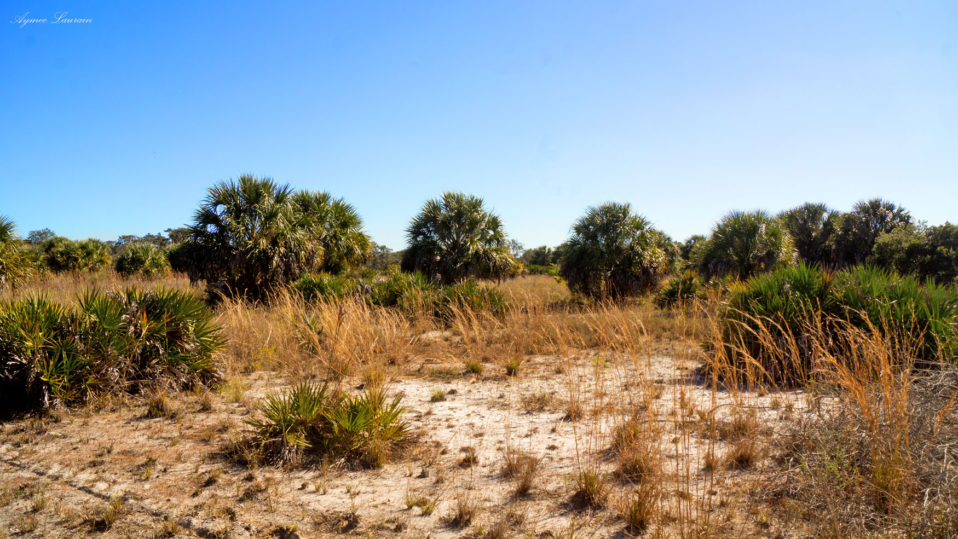
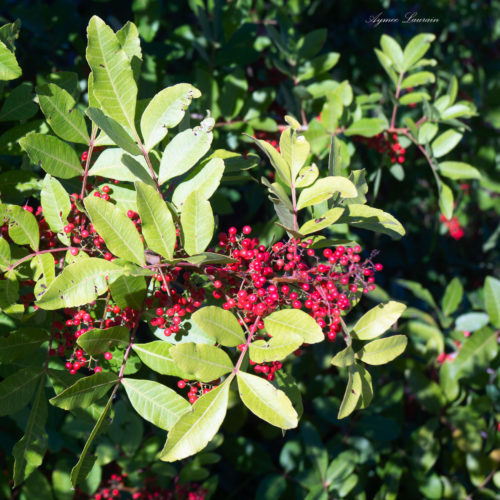
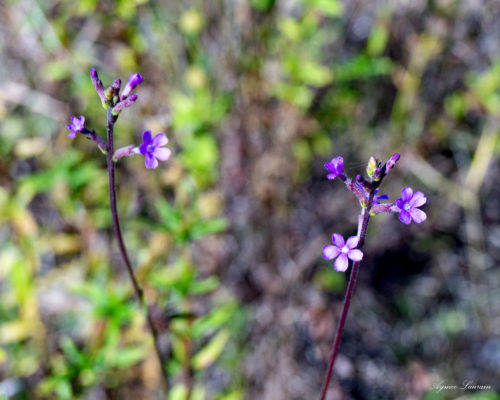
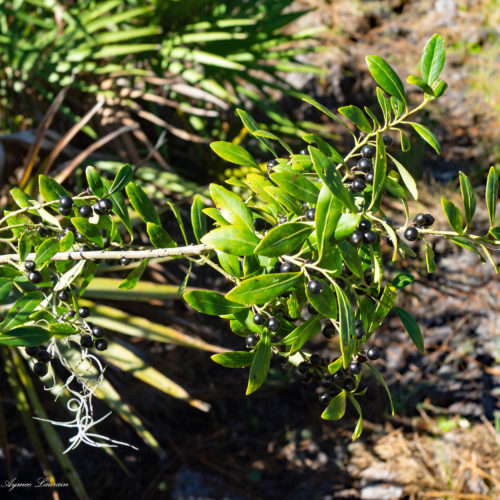
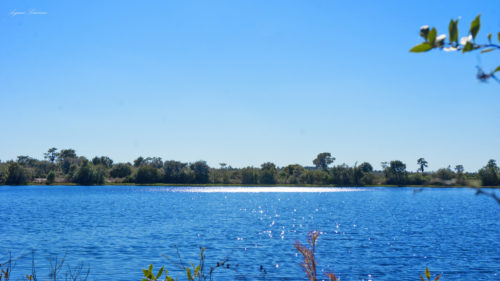
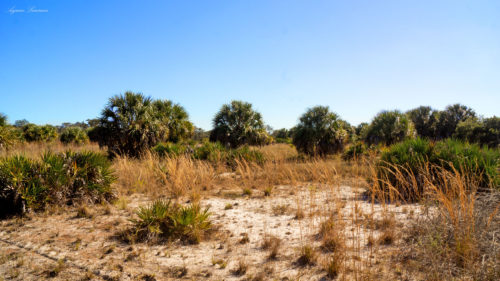
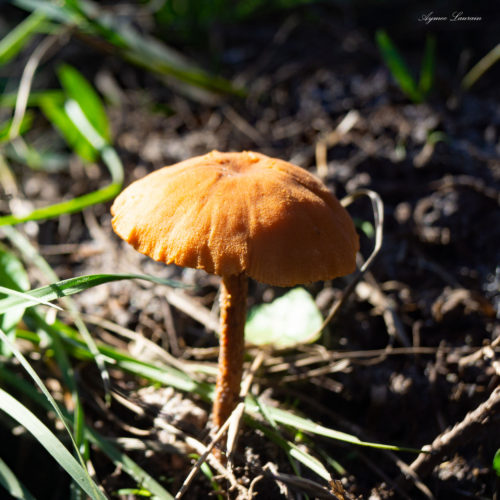
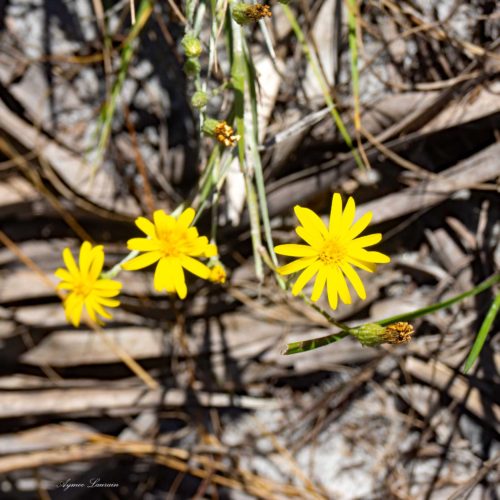
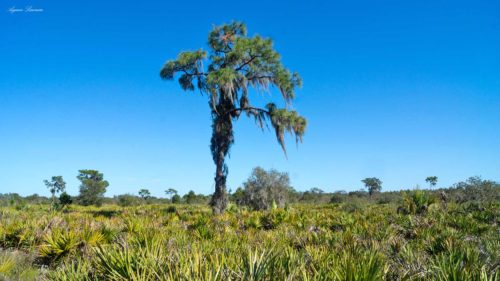
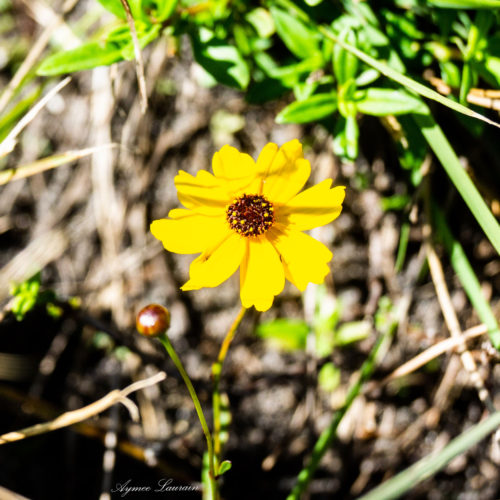
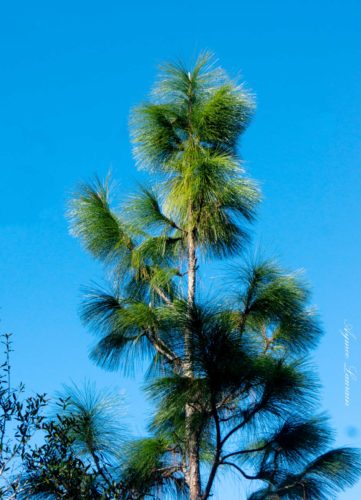
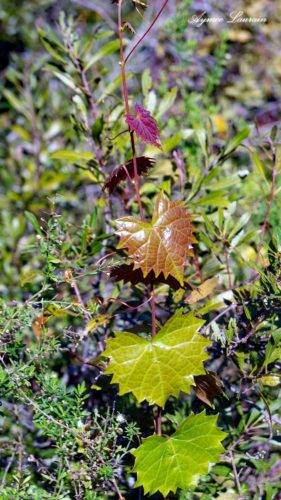
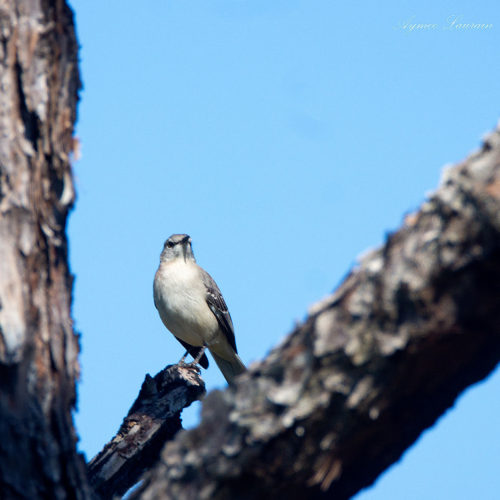
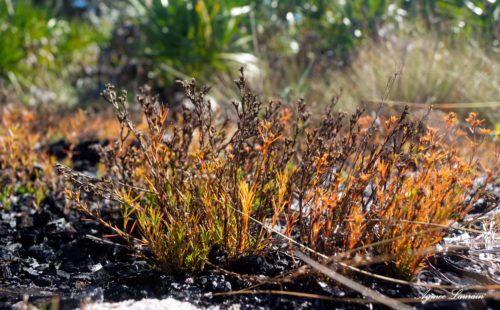
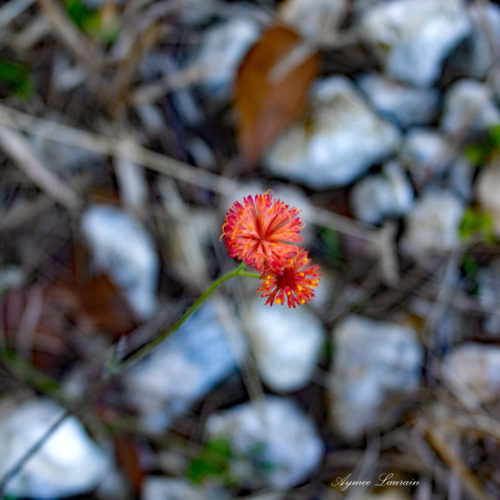
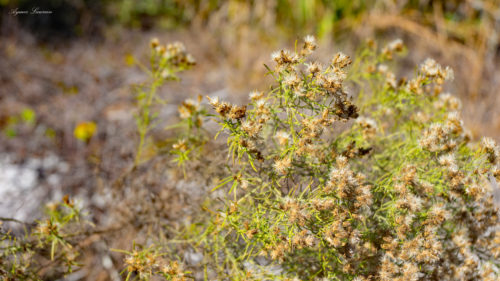
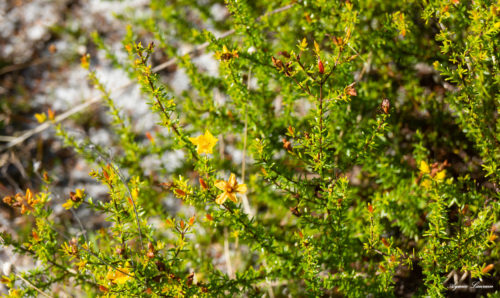
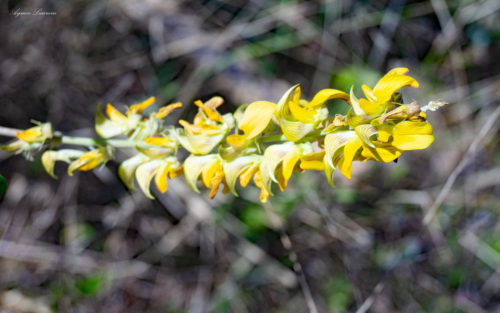
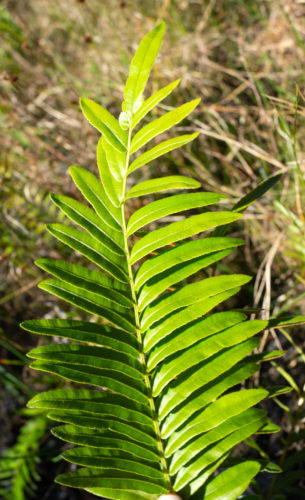
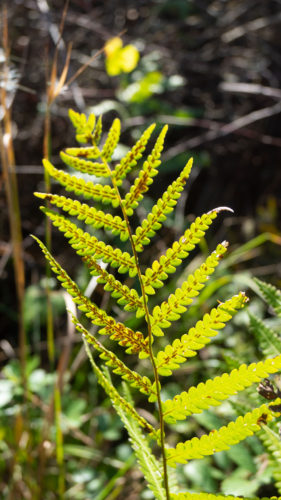
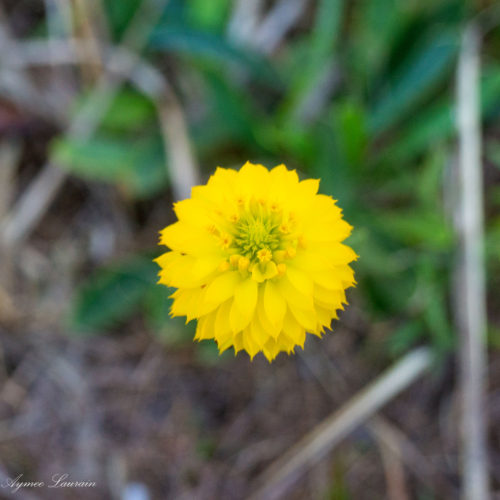
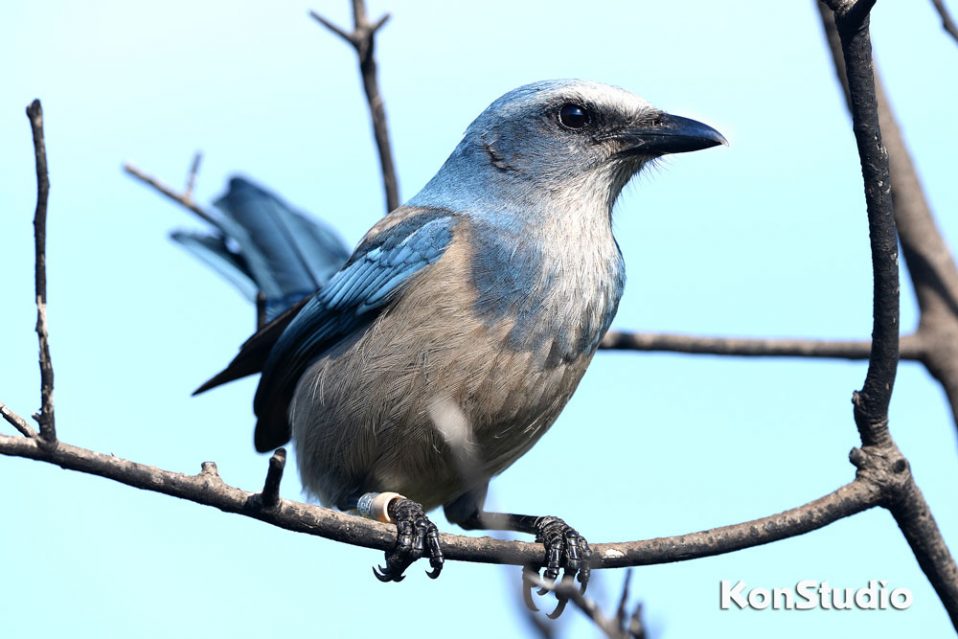
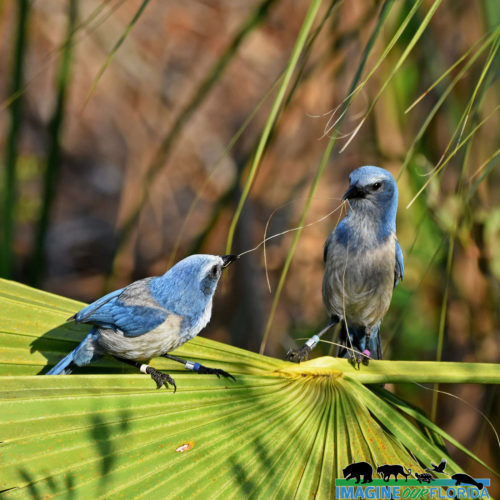
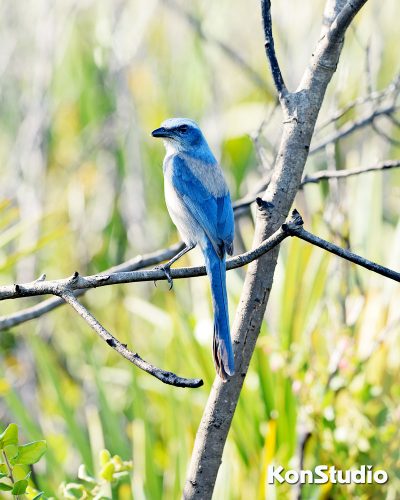
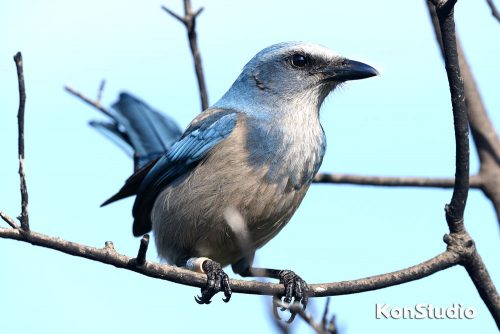
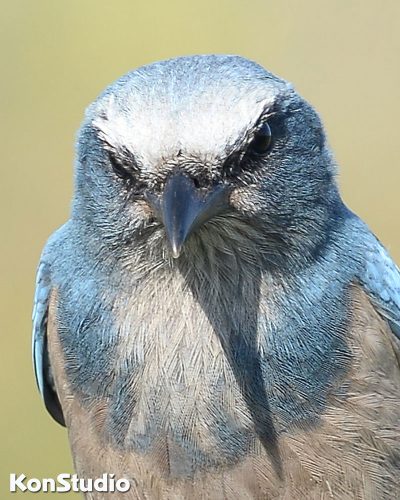
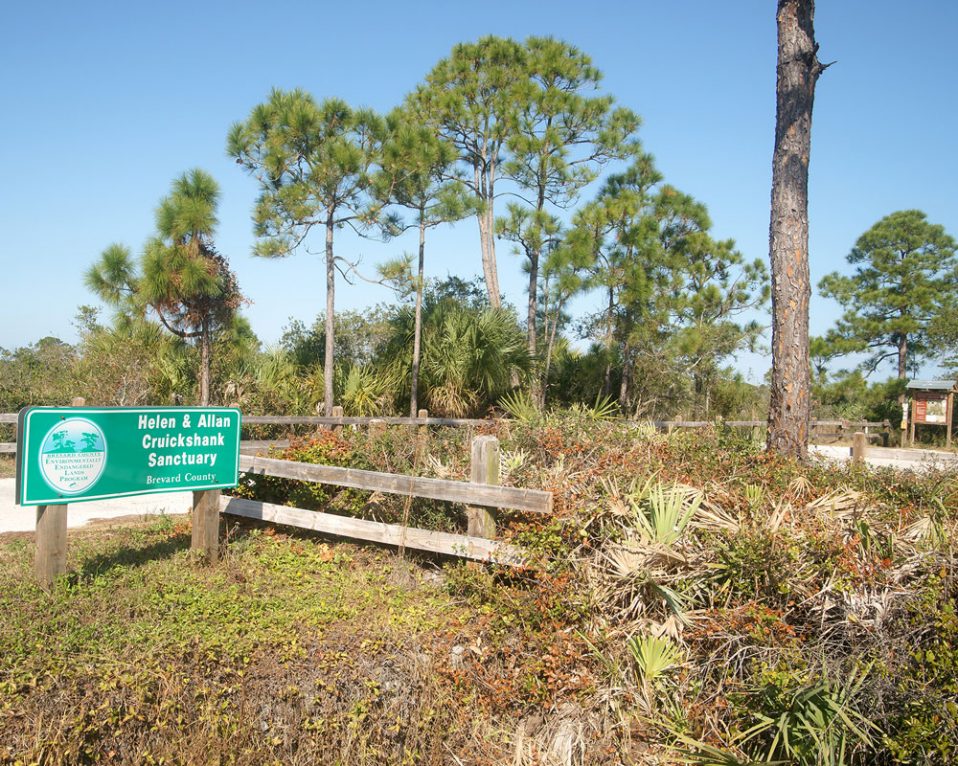
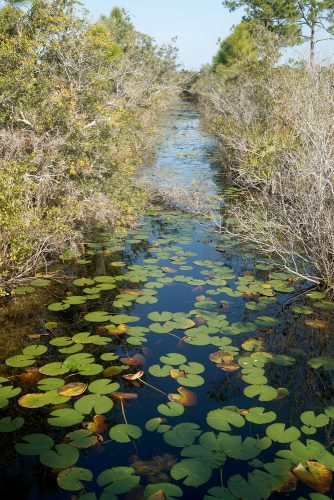
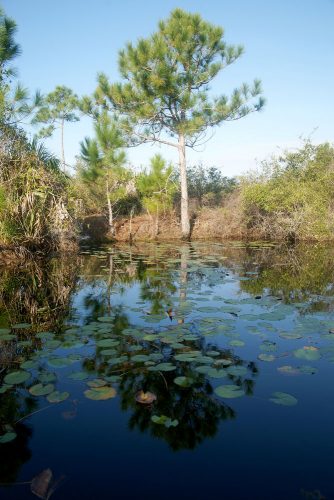

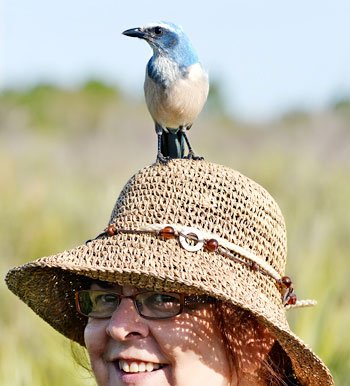
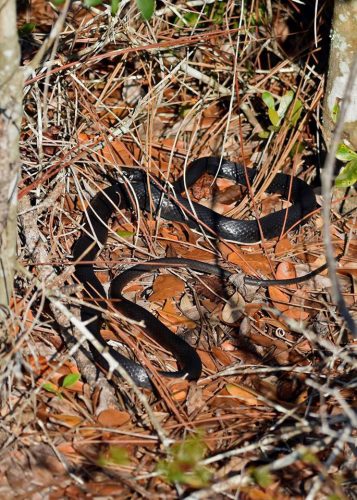
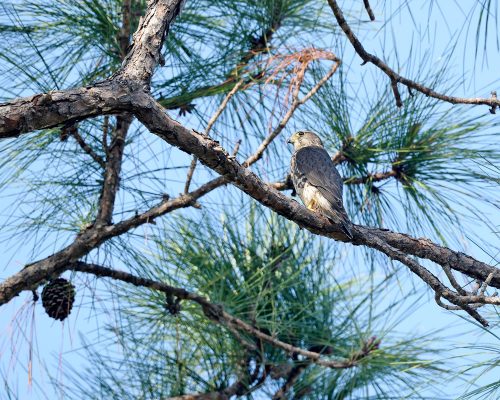
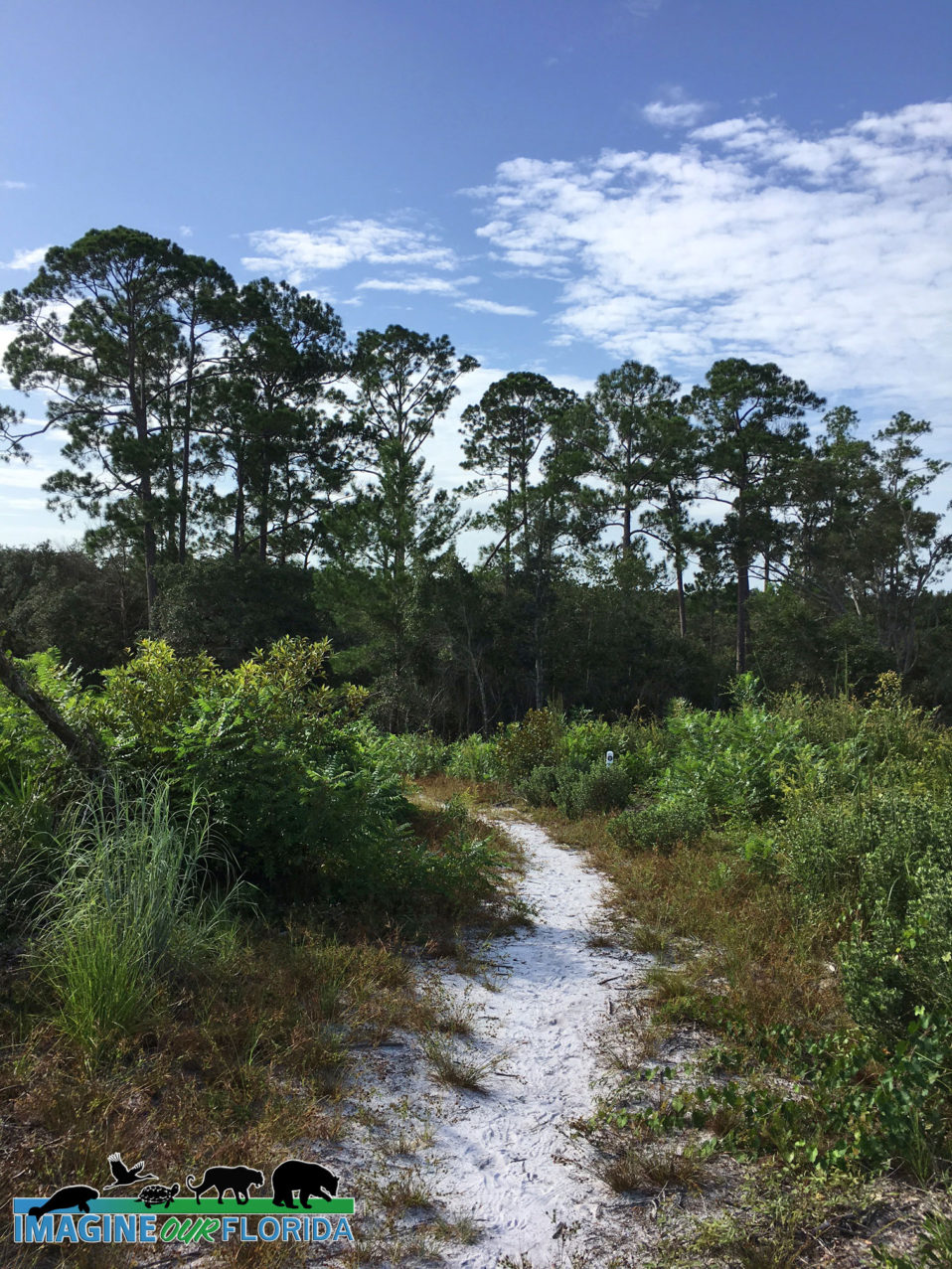
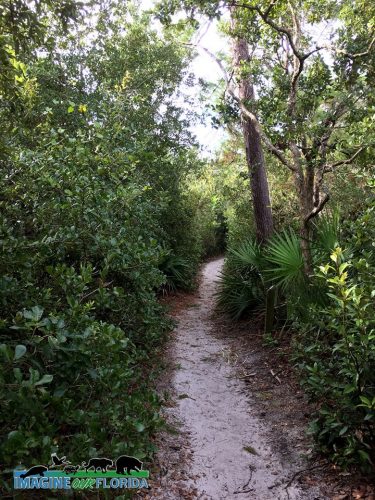
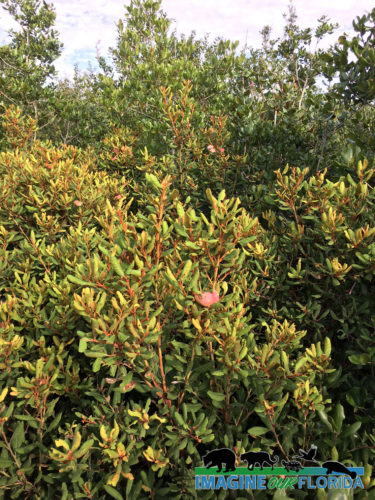
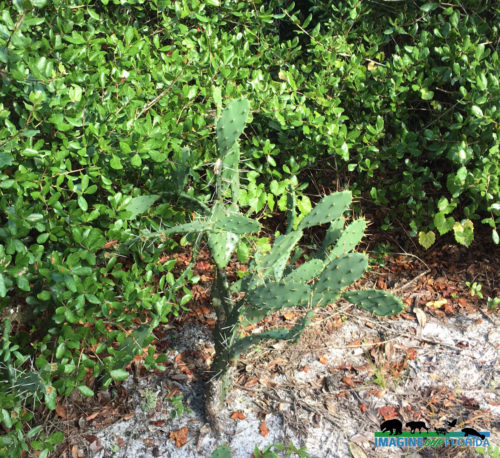
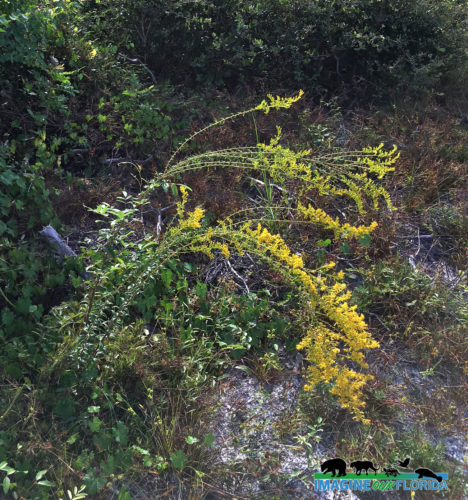 onia
onia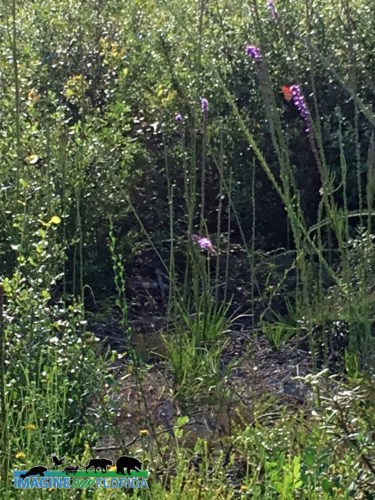
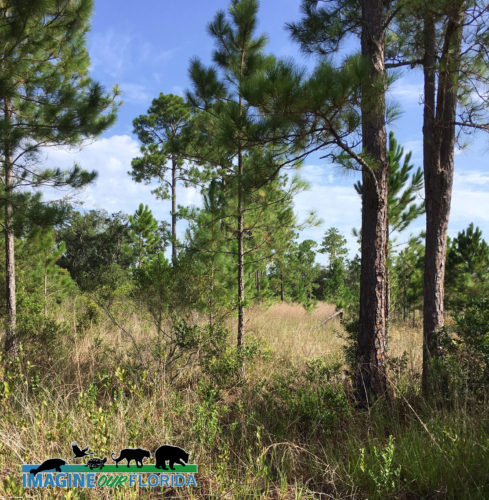
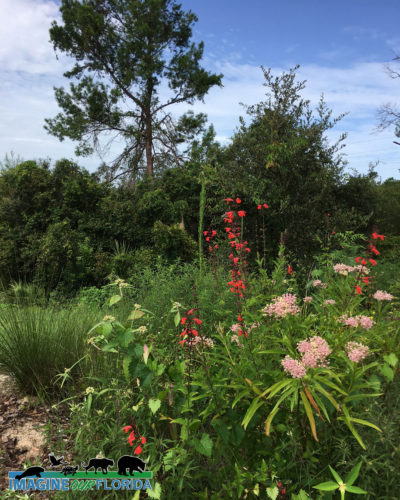
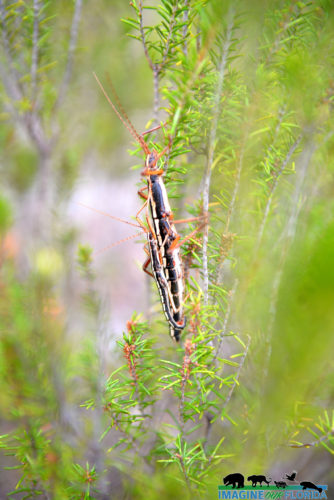
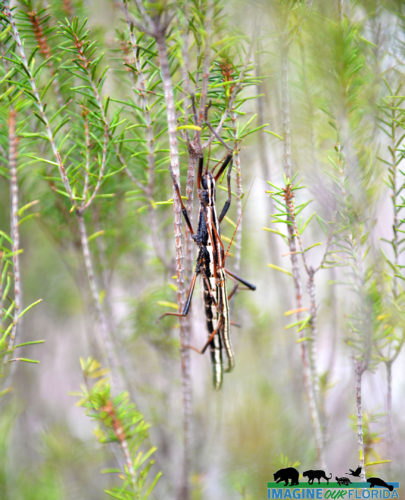
Recent Comments